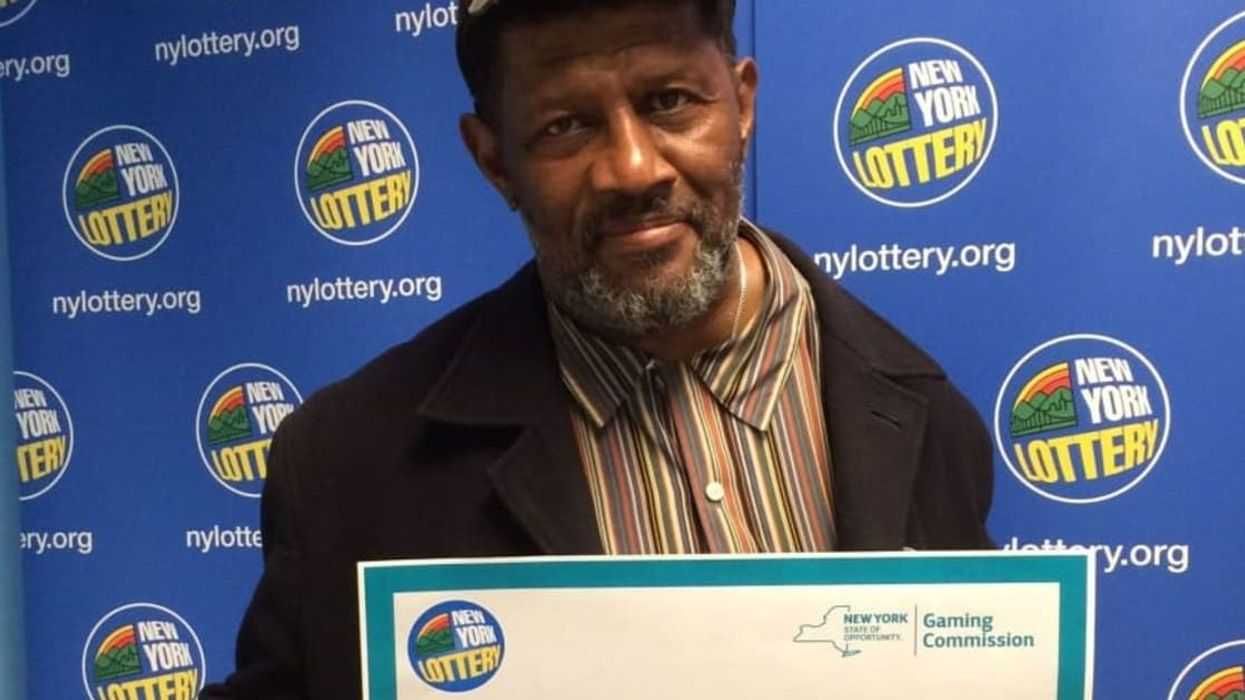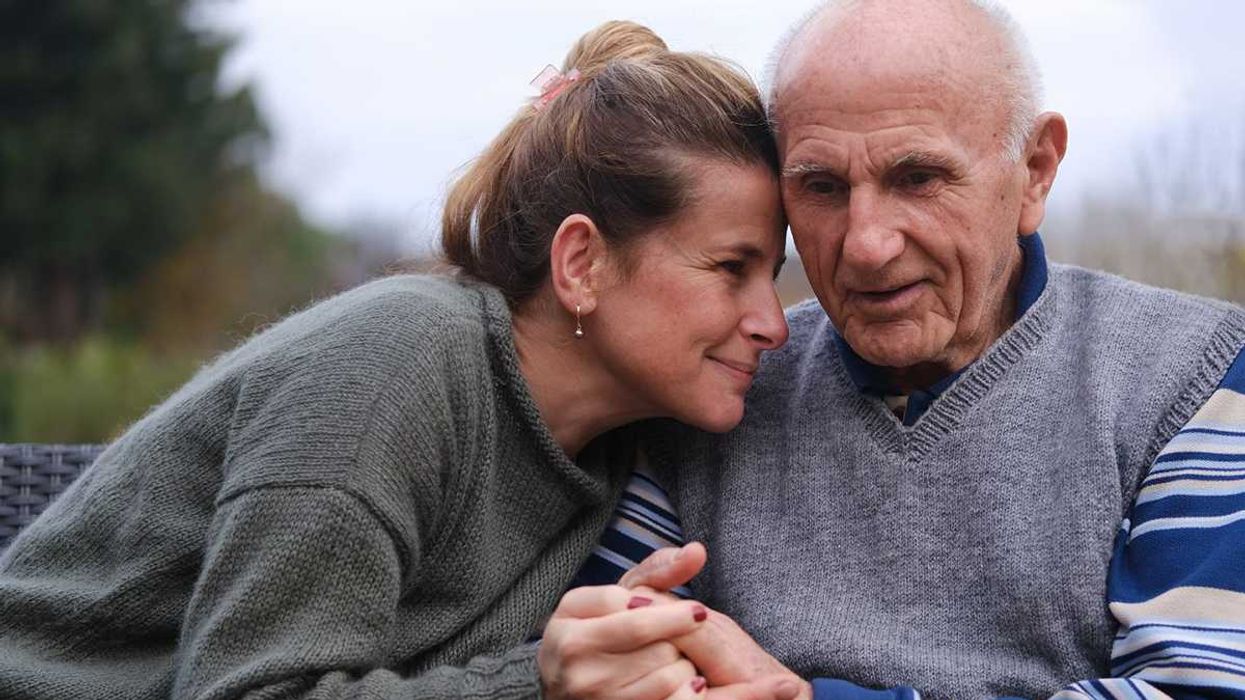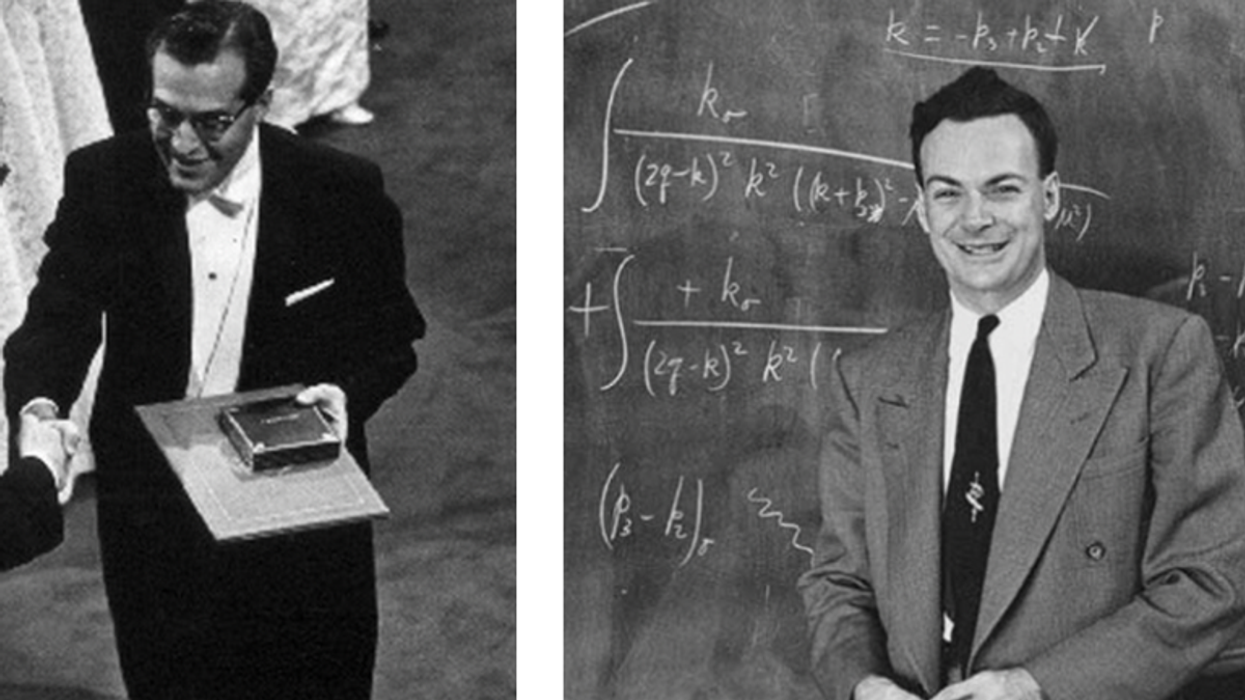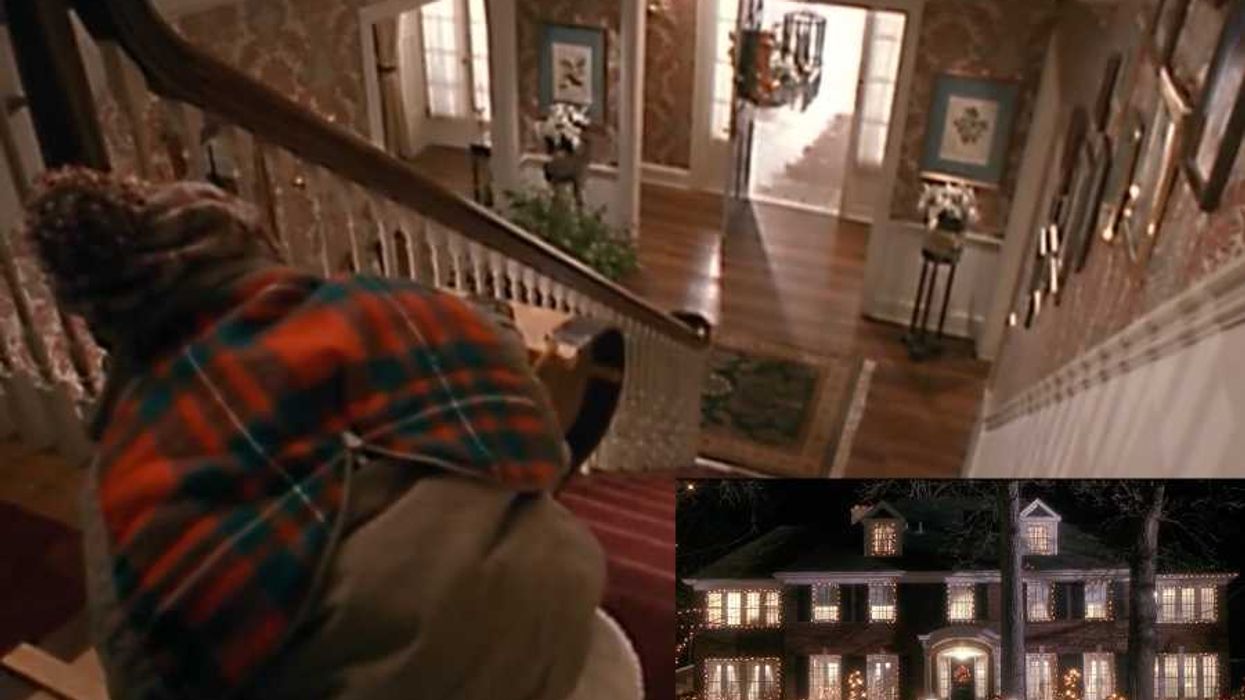Casey Keasler of multidisciplinary creative studio Casework has a pretty simple philosophy about interior design: Just like the clothes we wear and the music we listen to, our homes are extensions of ourselves. So when a house opens its doors to the community, it starts to take on the personality of the people and organizations within.
Keasler put her philosophy to the ultimate test a few weeks ago when she teamed up with us and our friends at Nest to reimagine a 100-year old craftsman home in south Los Angeles called The Big House. Home to graphic designer Jorge Nuño and his nonprofit Nuevo South, The Big House has transformed one of L.A.’s toughest neighborhoods in a really powerful way.
And we wanted to help make The Big House even better for the people who use it every day. In just four days, we sanded, painted, brought in new design elements, and installed Nest products to help keep the space comfortable and secure. Together, we brought Keasler’s vision to life. Click through this slideshow for Keasler’s thoughts about her redesign process. Along the way, pick up a few tips and tricks about how you can amplify and streamline your own community space.
Photographs by Sarah Shreves
















 A subterranean waterfallCanva
A subterranean waterfallCanva


 The Emergency Department.Photo credit:
The Emergency Department.Photo credit:  Little girl with a splinter.Photo credit:
Little girl with a splinter.Photo credit:  Woman on phone after car accident.Photo credit:
Woman on phone after car accident.Photo credit: 

 A hotel clerk greets a guestCanva
A hotel clerk greets a guestCanva Gif of Faye Dunaway' as Joan Crawford demanding respect via
Gif of Faye Dunaway' as Joan Crawford demanding respect via  An empty rooftopCanva
An empty rooftopCanva
 A road near equatorial Atlantic OceanCanva
A road near equatorial Atlantic OceanCanva Waves crash against rocksCanva
Waves crash against rocksCanva